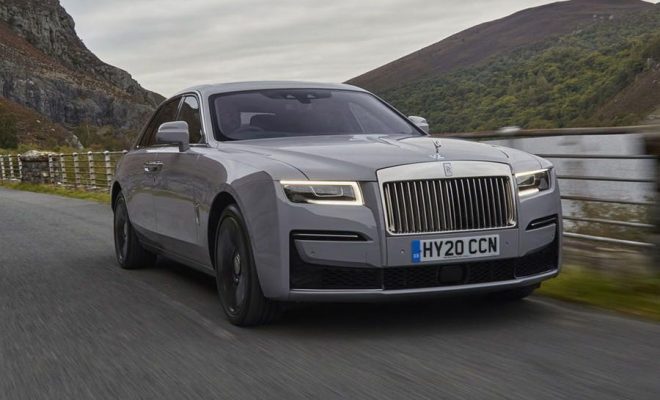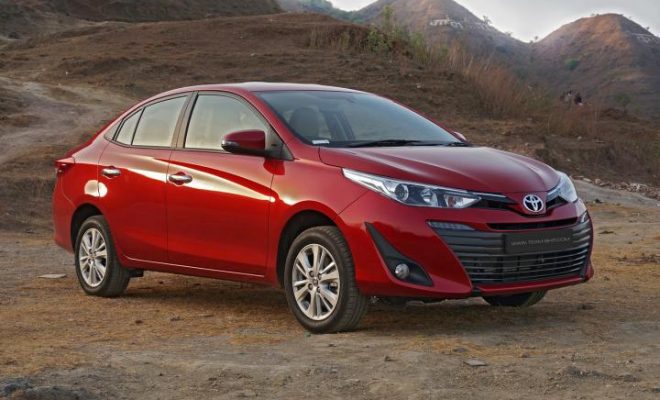Stages for a successful electric car go-to-market model

Because electric cars (EVs) have traditionally been considered niche products, many OEMs have focused their go-to-market (GTM) strategies on a limited, tech-savvy sector of automotive buyers. Then, just as electric mobility was taking off and sales were picking up in a number of places across the world, COVID-19 struck. There are several concerns regarding how the coronavirus can damage the worldwide EV industry. The answer will differ depending on where you live. China’s EV market is driven by regulation and customer incentives, and the central government extended purchase subsidies by two years in March 2020. In Europe, policymakers and industry stakeholders prefer incentives to promote clean powertrains.
The upcoming difficulties
Many difficulties await the EV market’s expansion, but few stand out. A scalable GTM model for electric cars for sale in san diego, in particular, must incorporate new rules that may impact competitiveness, customer base, infrastructure, and the business case for the profitability of these cars.
The regulatory framework
Most automotive manufacturers have ambitious EV-growth goals in response to more stringent CO2 legislation and the predicted substantial fines for noncompliance: OEMs have announced the release of more than 600 new EV models by 2025, 1, and competition is expected to increase as more new companies enter the market. Increasing new EV sales will be a tough undertaking, and OEMs may struggle to make money if governments cut EV subsidies.

Consumers
According to the 2019 EV Consumer Survey, customers in the world’s three major automobile marketplaces, Germany, and the U.s. cautious. While many individuals contemplate buying electric vehicles (36 to 80 percent of automobile purchasers, depending on the industry), just a small percentage do so (2 to 5 percent). This hesitancy is mirrored in OEMs’ low levels of “EV sales readiness,” as documented in McKinsey’s 2019 EV Secret Shopping survey, which disclosed the core difficulties posed OEMs that sell EVs: their in-store demonstration, the availability of test drives, and sales collaborators’ EV knowledge and processes.
The infrastructure for electric vehicles
The EV infrastructure is inadequate in terms of charging. The network of charging stations, especially fast-charging stations, is limited. Battery quality, charging time, and restricted availability to chargers are the top three issues for potential EV consumers, accounting for 38% of all problems mentioned. The deployment of charging infrastructure is growing, yet there is no integrated, frictionless, or appealing solution available due to the market’s fragmentation. Manufacturers should take the lead in this area.
Long delivery delays for EV parts, particularly for EV batteries, pose issues, as does a failure to appropriately plan for EV after-sales services.










